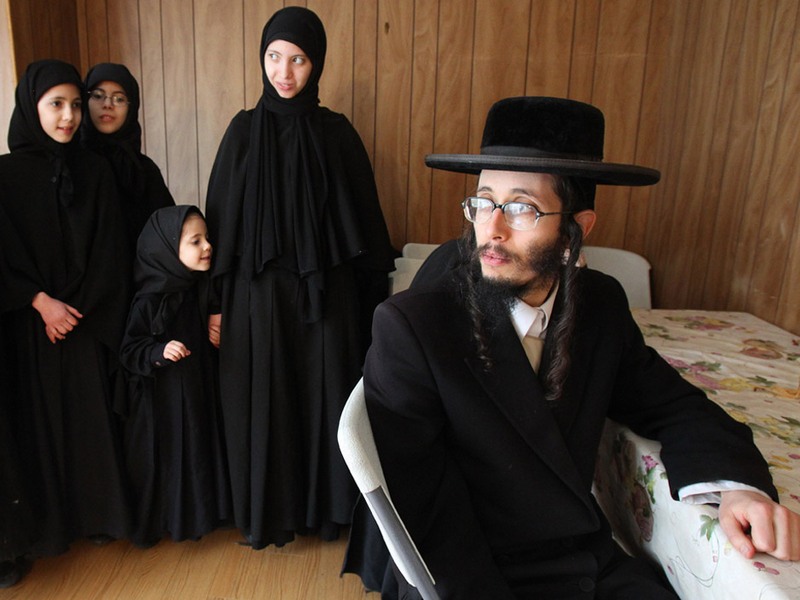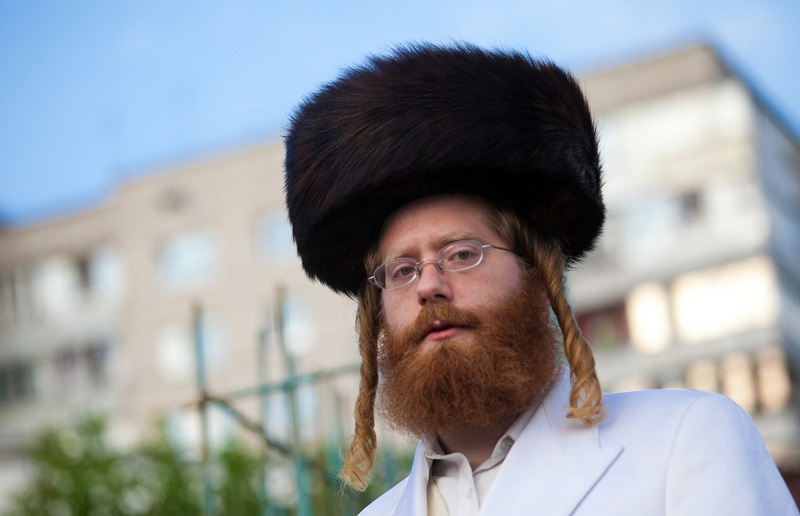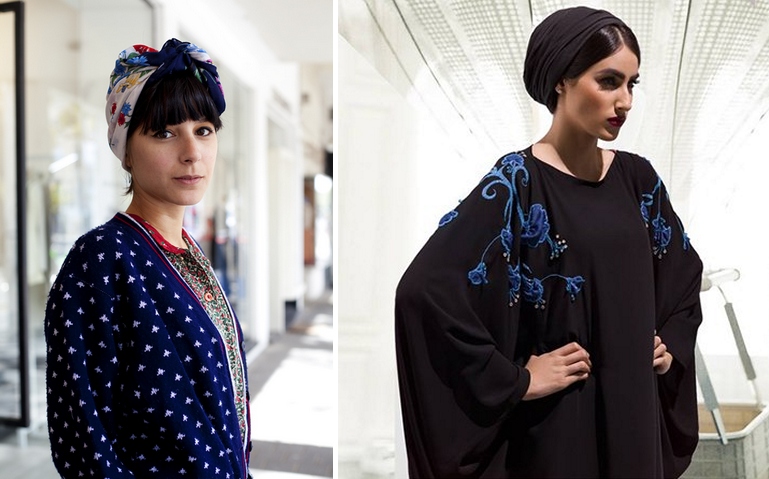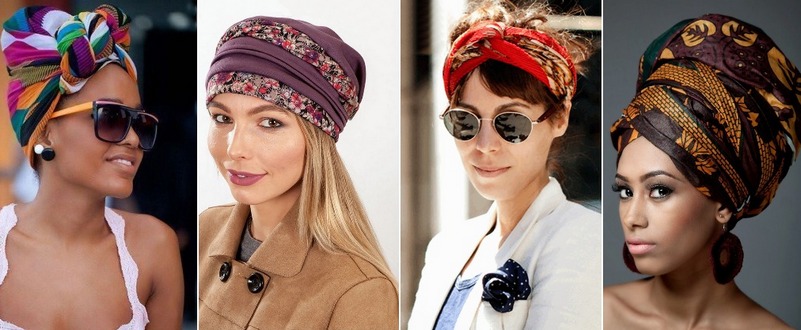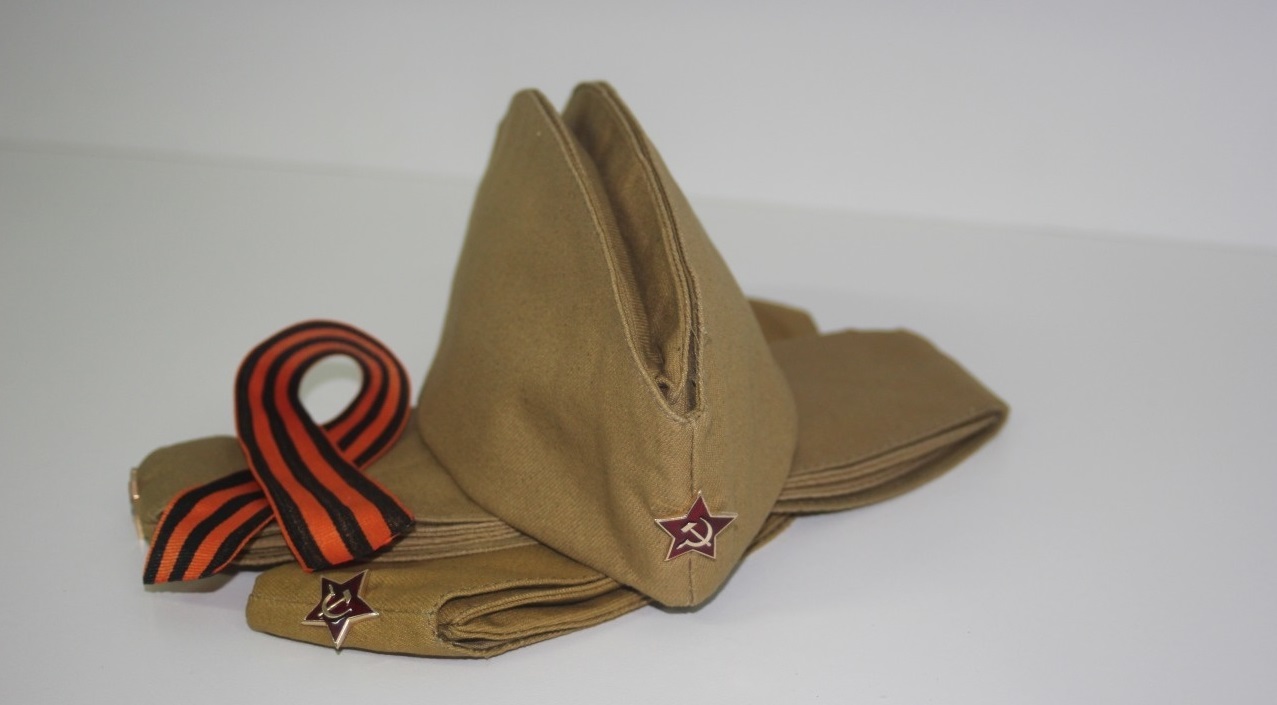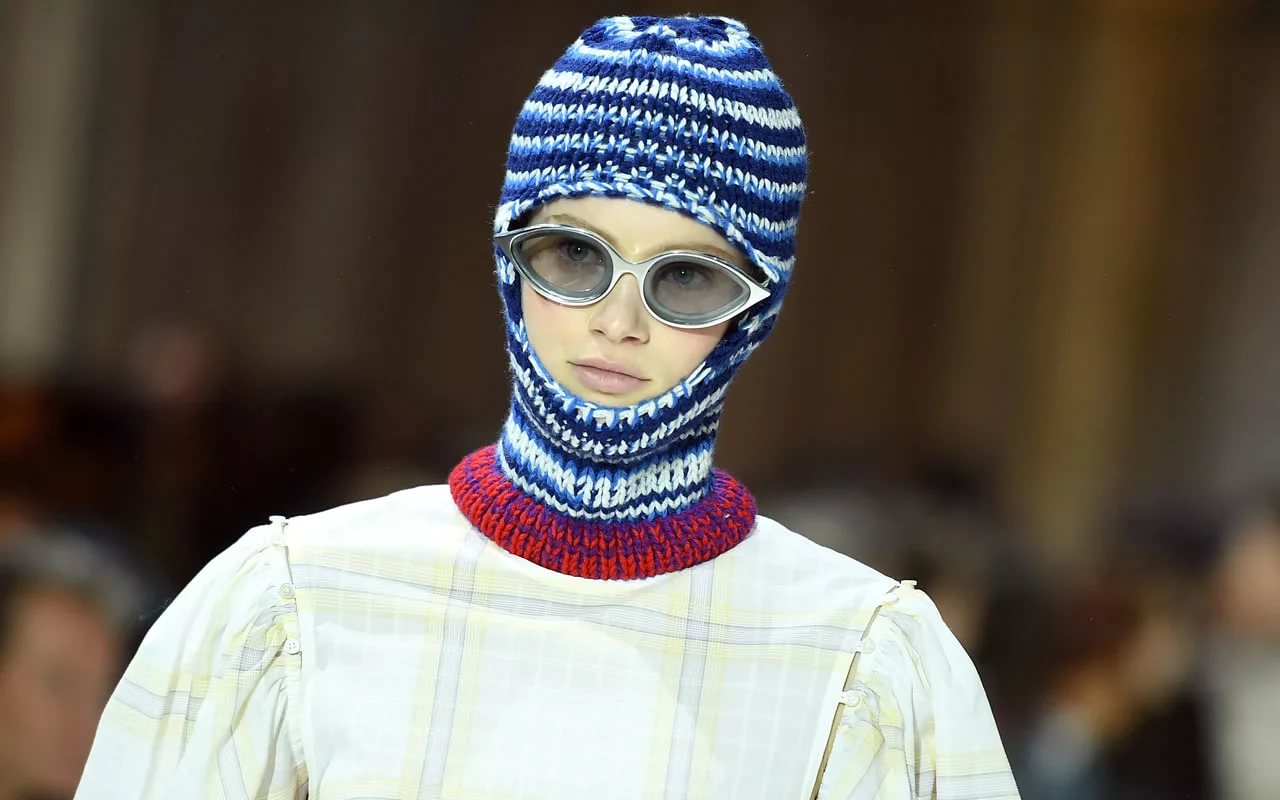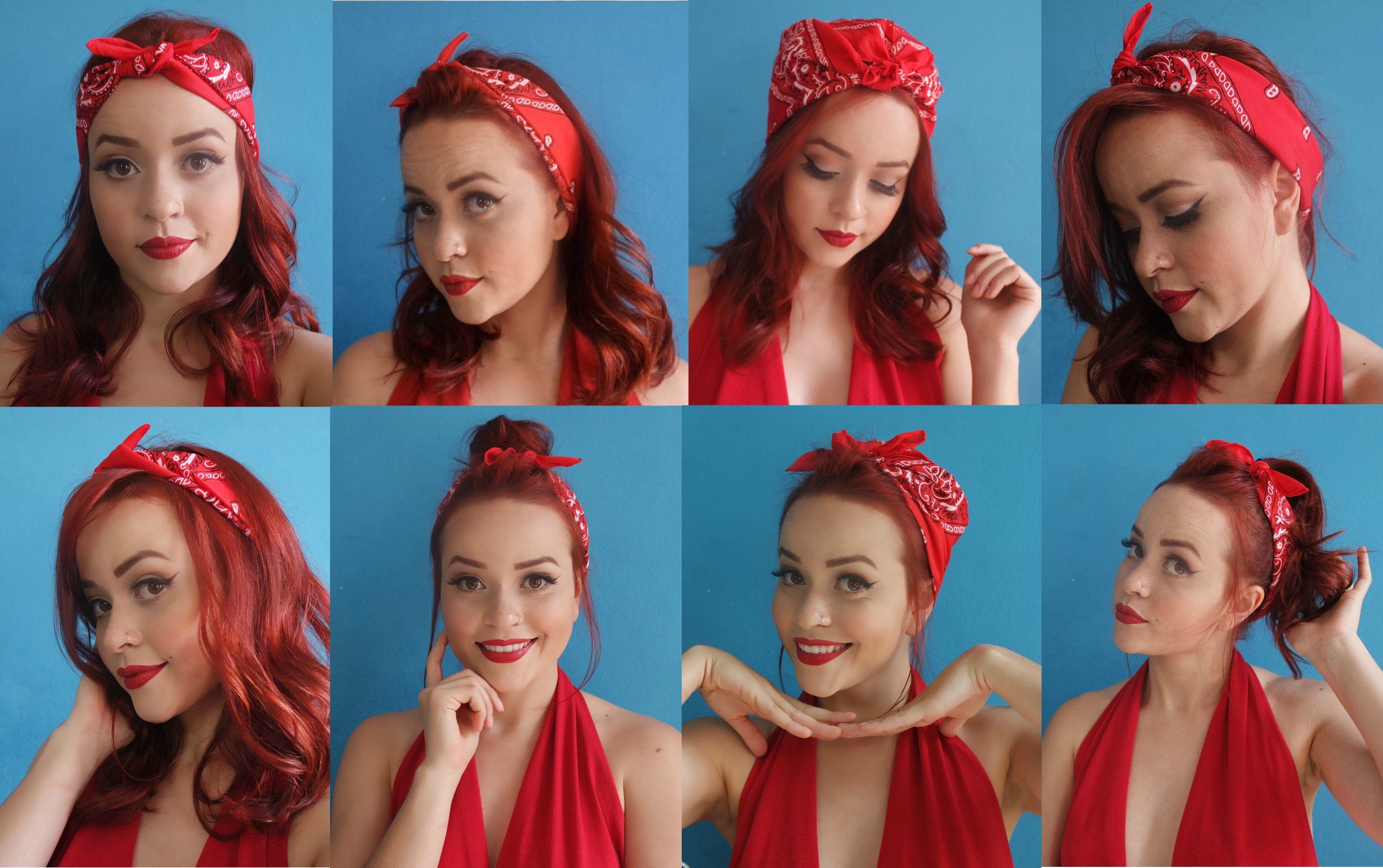Jewish traditions establish the wearing of a headdress as a sign of respect for God. A kippah, an item that symbolizes reverence for the Lord, can be placed under the top hat or directly on the crown of the head. To ensure a secure attachment to the head, a Jewish cap is sometimes pinned with a hairpin. This element of the national costume is not mandatory, but those who use it demonstrate their devotion to religion and conservatism to everyone.
Purpose and traditions of wearing
Kippah translated from Hebrew means "hemisphere", "dome". There is another popular name - yarmulke. According to scientists, the word comes from the expression "yerei malka", which means "fearing God". According to the second theory, the name of the headdress has a common root with the Turkic "yamurluk", which is translated as "a raincoat with a hood". Kippah is not just a part of the national wardrobe. It is an object with a spiritual meaning: worship before God, an appreciation of his wisdom above the entire earthly world.
There is an opinion that the first time a Jew's head was covered was on the eve of the appearance of the Temple of Solomon, which served as a preventive measure against sunstroke. However, it is also assumed that in this way a person tried to lower his face and hide it from the wrath of the Almighty. Another version of the interpretation of the reasons for the appearance of the Jewish kippah is the ban of the Muslim Caliph Omar on people wearing turbans. They were ordered to cover their heads with something else. Over the course of centuries of history, Jews were banned from wearing yarmulkes several times, including in Tsarist Russia. At that time, their characteristic headdresses were the described hats.
The weaker sex was always forbidden to wear a yarmulke. Women's headdress is a turban, hats and other varieties are also possible.
A similar headdress is worn by members of the Catholic clergy after tonsure and ordination. In this case, it is called a pileolus. The cap placed on the heads of academics is called an academic cap. The Svans (principalities of Svaneti) also refer to it. It should be noted that Orthodox Jews always wear such a cap, Conservative Jews - only for meals in the synagogue, and Reform Jews - during mourning, on holidays, etc.
Non-Jews also wear a hat as a sign of respect for traditions.
Why are the bales different?
Jewish hats are classified not only by their design, but also by community rules. A yarmulke can "tell" a lot about its owner, for example, what religion he belongs to. Today, you can find the national headdress of Jews - the kippah - in a variety of styles and styles, with a variety of cuts and colors.
The different appearance of the hats can be explained by the peculiar history of the people. The long absence of a single state led to each community creating its own rules, including those affecting men's headwear. The kippah became a distinctive symbol of various religious groups and movements within Judaism. For example, American neo-Orthodox Jews chose a black leather model, while Zionists chose a sruga (a knitted cap). A large white yarmulke, complemented by a tassel, is an accessory of the Bratslav Hasidim. A black velvet kippah is typical for representatives of the closed Haredi community.
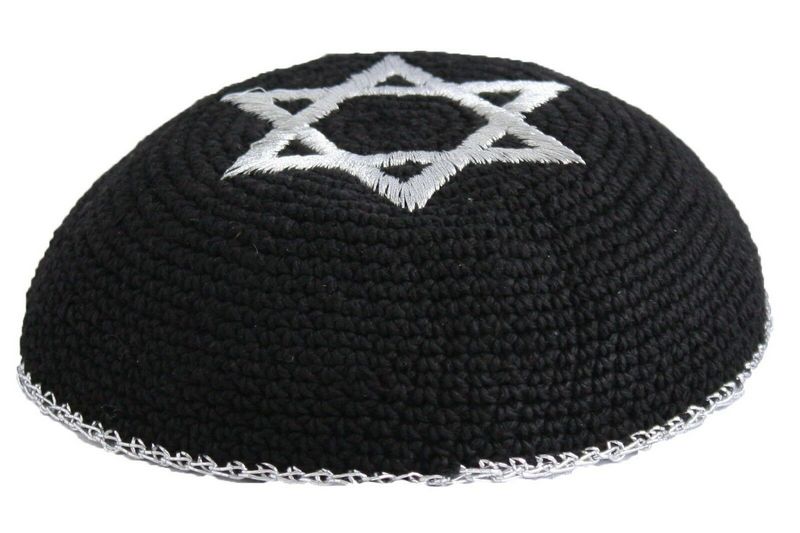
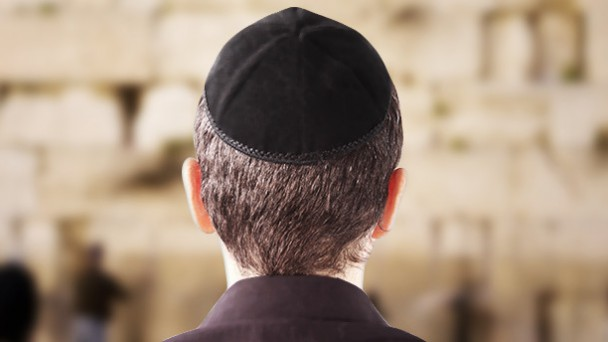

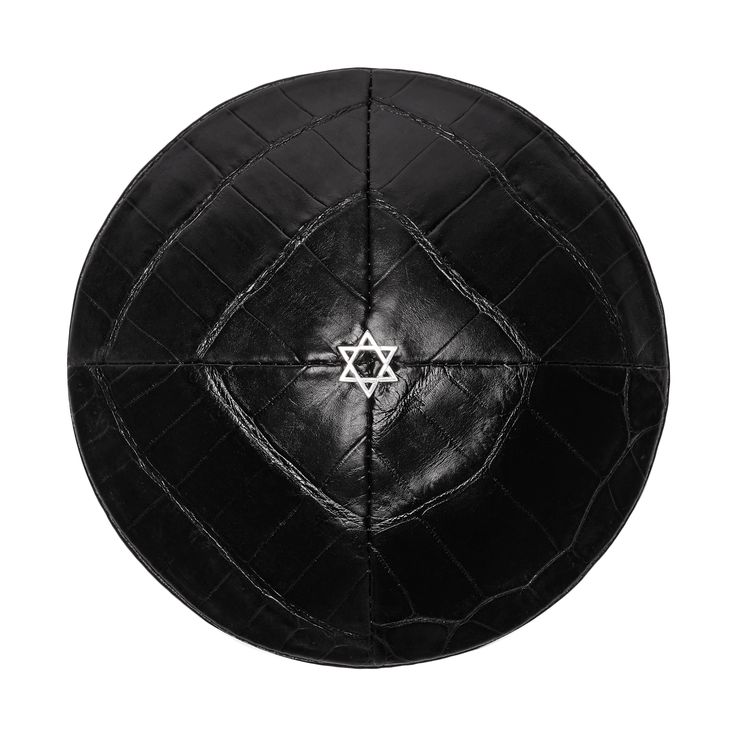
Modern Variety of Yarmulkes
Today's Jews wear a variety of yarmulkes. They vary in shape, material, cut, decoration and size. The main models are:
- Velvet six-piece cap. The main material is velvet, the lining is polyester. There is often a satin border along the edge.
- Velvet four-piece. Similar to the previous one, but has 4 wedges. Sometimes made of suede.
- Colored velvet. Mainly made for children.
- Breslov. Knitted from thick white yarn with the Breslov mantra. Has blue or black embroidery.
- Chabad-Lubavitch Meshihit. Sewn from black tyrelin fabric, decorated with a messianic slogan.
- Terylene. Similar to velvet, but light and comfortable. Found among followers of the Chabad-Lubavitch movements, as well as Gur Hasidim.
- Bukhara yarmulke. Much larger in size, has bright embroidery.
- Satin. Characteristic of Conservative and Reform Jews.
The choice of a yarmulke is not a matter of personal taste preferences of a Jew. It depends on his religious and ethnic affiliation, as well as the degree of religiosity.
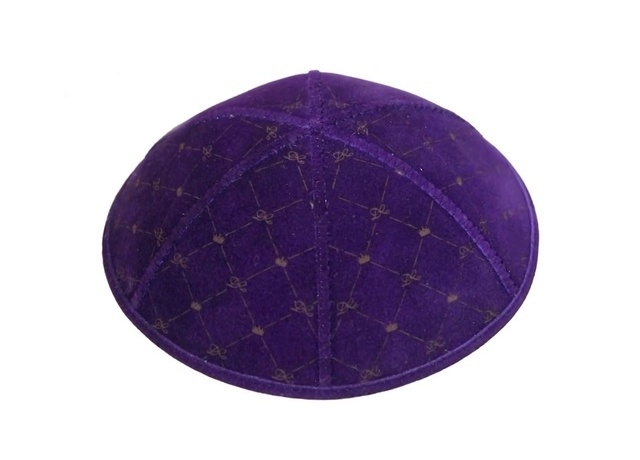

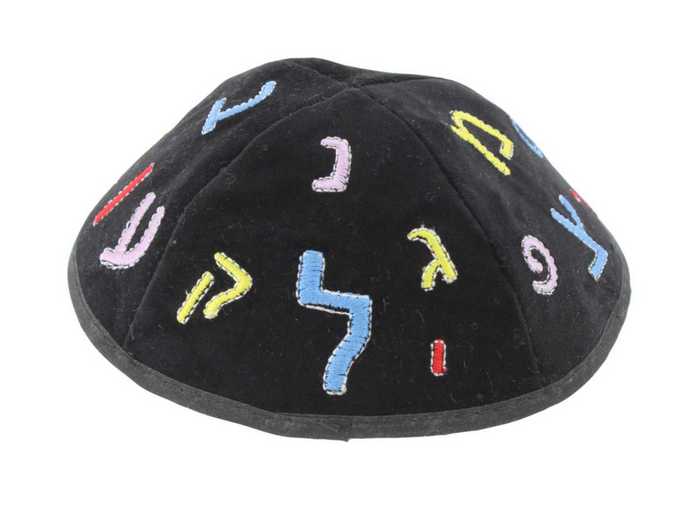
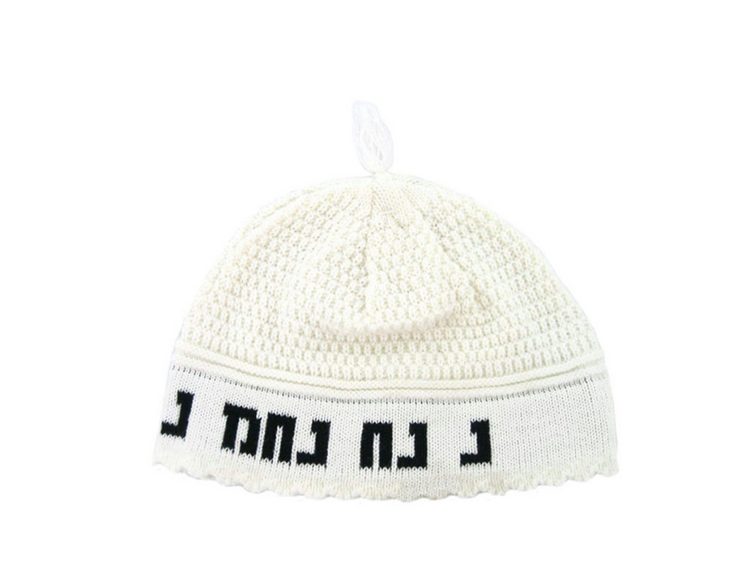
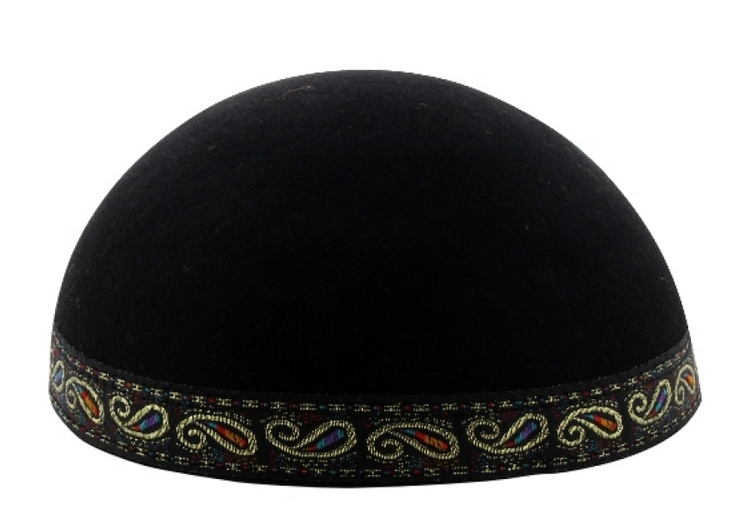
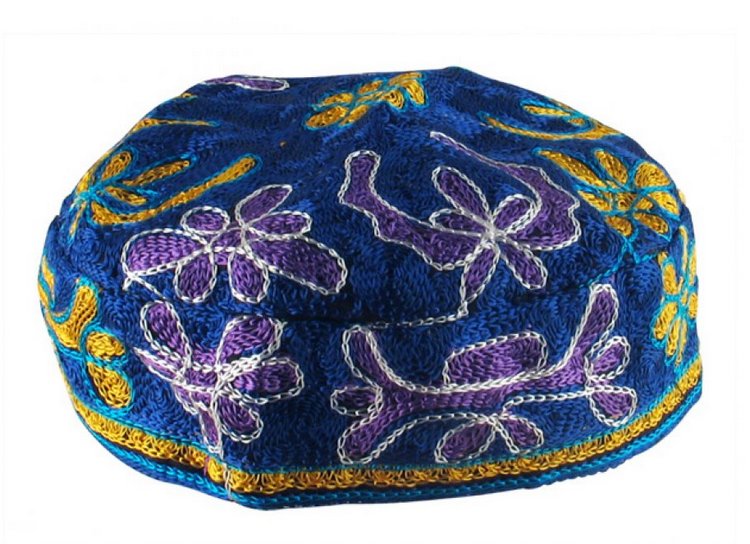
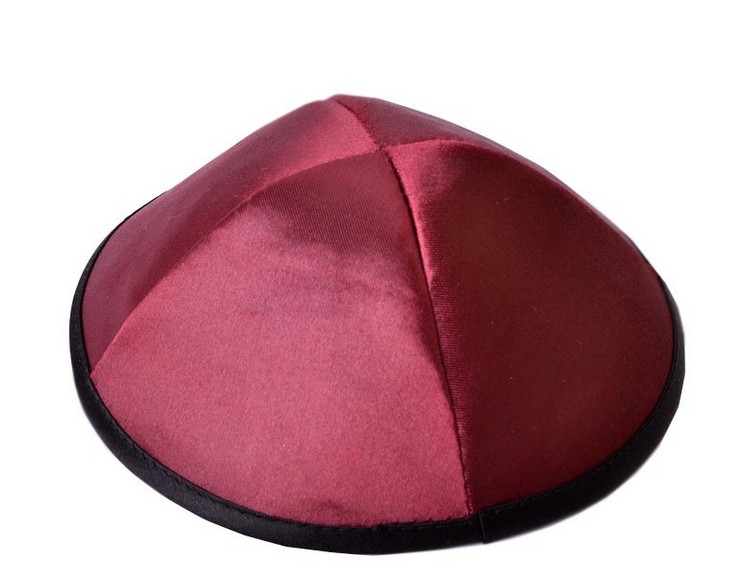
Color options
There is a division of yarmulkes into everyday and festive, especially for Orthodox and liberal Jews. Chic options are made of white satin, decorated with the Star of David or made of beige satin. They can have embroidery with gold or silver threads, be decorated with multi-colored stripes, knitted on a machine. Bright colored kippahs are worn on religious holidays, as well as, for example, on coming of age.
A recent feature is camouflage-colored yarmulkes. The intersection with the military theme is not accidental. The issue of religious Jews serving in the military is being discussed in society. The festive kippah (blue or black velvet) is the basis for the shtreimel. It is trimmed along the contour with sable or fox tails. Despite the variety of existing yarmulkes, the universal option remains the black kippah, which is most often used by Jews without religious beliefs.

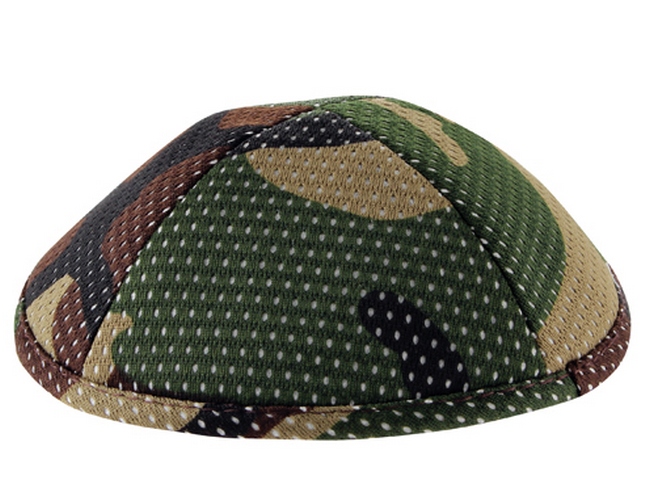
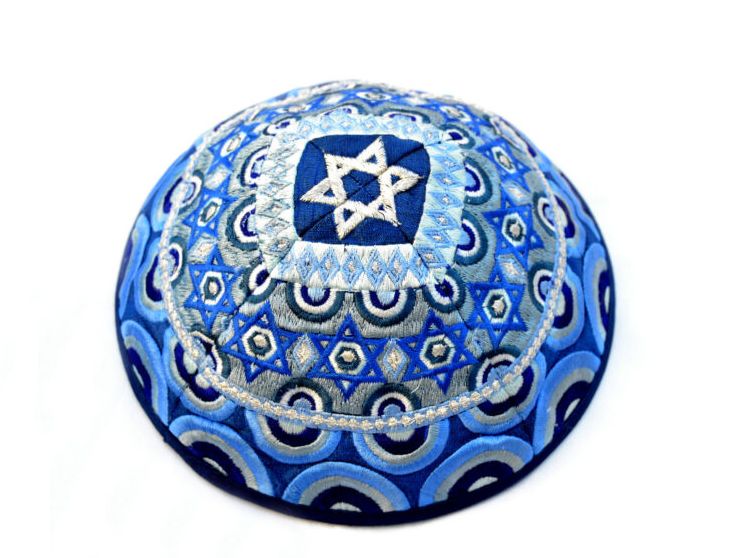
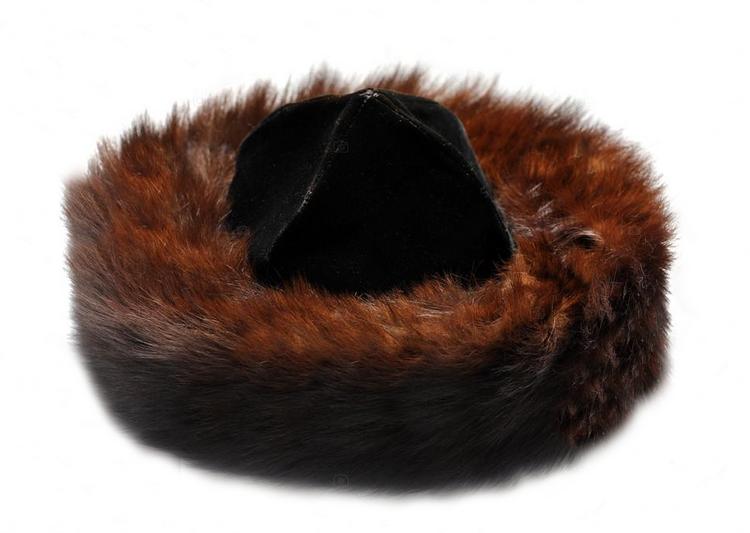
Cut and shape
Kippahs can be small, medium or large (depending on what part of the head they cover), and can be sewn or knitted. Often, products are made from a single piece of fabric using special cutting with darts. The second sewing option is to stitch the cap from separate pieces, wedges. The end of such a kippah is an invisible cuff around the perimeter.
There are pointed, flat, six-, four- and eight-panel products. For example, modern Orthodox Jews have chosen small kippot made of knitted fabric. Hasidim, a more conservative group of Jews, wear models that cover two or even three quarters of the head. They also have differences in cut - the kippot are flatter, often have a border.
The small size of the kippah, which often gets lost in the hair (or is clearly visible on freshly shaved skin), gave it a new name - kipat-grush. The name of this hat is used to judge whether the owner is ready to give up wearing it.

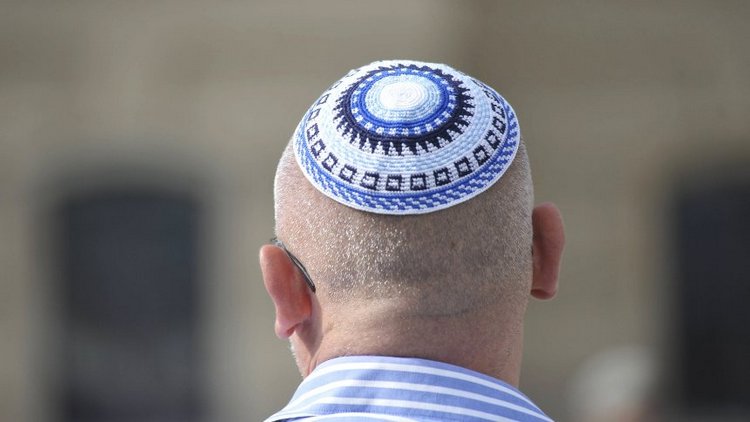
Traditional features of different religious movements
Orthodox Jews consider wearing a yarmulke mandatory at all times. Conservatives limit themselves to the synagogue and mealtimes. Hasidim cover their yarmulkes with a fur hat. Reform Jews do not consider it necessary for a Jew to wear a hat. Non-religious people wear them during mourning and when they come of age. When worshiping God in a synagogue, such headgear is mandatory.
Ashkenazi Jews have a kippah with four or six wedges (hence the name: four-, six-wedge). All of them are dark in color, most often black. Sephardic Jews wear a more modest yarmulke: it has embroidery, ornamentation, and can be brightly decorated. Hasidic Jews wear hats over their kippah. Their yarmulkes are usually white, which signifies their familiarity with Kabbalah. Chabadniks prefer black six-wedge models. Zionists wear a sruga (a knitted cap), and those who diligently study Kabbalah wear a weisse yarmulka (simply put, a white kippah). For a Hasid, the festive headdress is a shtreimel, made of black velvet, decorated with sable or silver fox fur.
It is believed that for religious reasons boys start wearing kippahs at the age of 13, but today it is common to see younger children with this attribute on their heads. A special small kippah is purchased for them. Litvak children wear six-piece caps - a variant somewhat similar to a casket.
In the Hellenistic world, a Jew leading the morning prayer was allowed to be uncovered. It was common for important rabbis to wear a Jewish scarf. In the Middle Ages, they wore a kippah to demonstrate their piety (this was prescribed by the Shulchan Aruch).
This trend has continued to this day: Jews wear a yarmulke while reading a prayer. The Mishnah Berurah notes that covering the head is a commandment of the Torah, and therefore even recommends sleeping in a kippah.
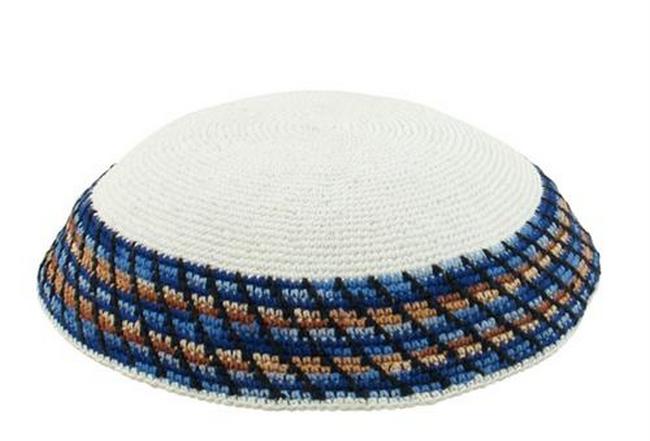
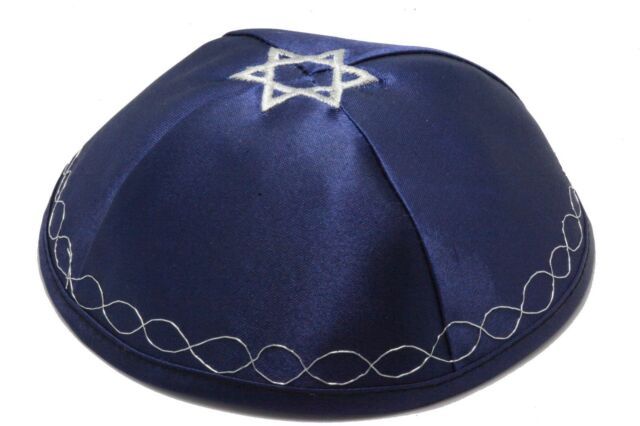
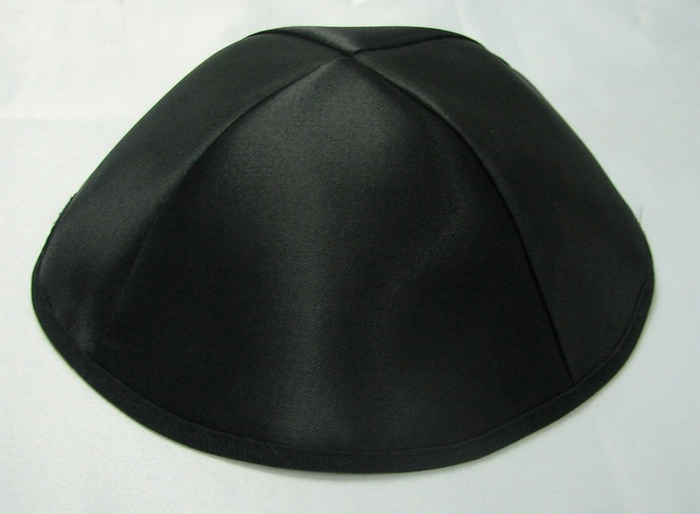



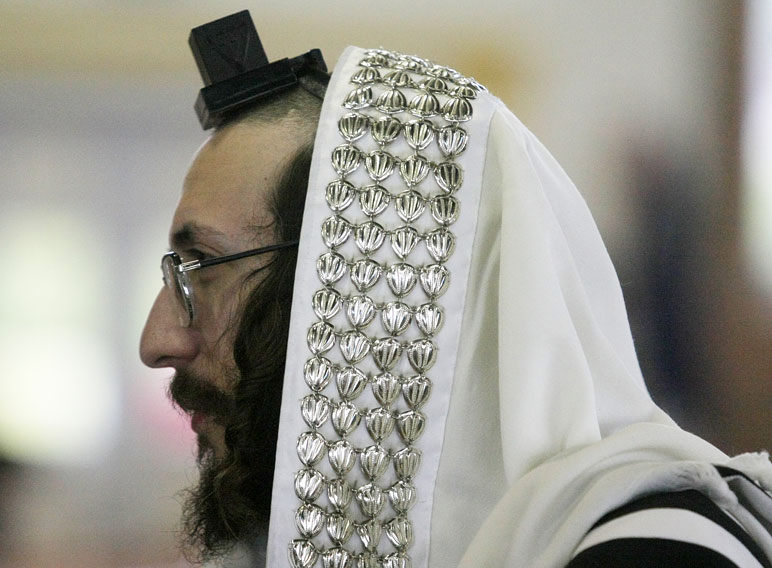
How to wear it correctly
A yarmulke sewn in the classic way is quite heavy, so it stays on the head by itself. Rabbis advise putting on a yarmulke (trying on different options) in front of a mirror until it sits firmly on the crown. There is also the following statement: if the cap does not fall off the head of a person who spent the whole night in bed in it, then this is the most suitable size for him. However, there are often cases when, due to the light material, it does not hold well between the curls and flies off. For such options, Jews offer special hairpins. Many curious people have a question: how does a yarmulke stay on a freshly shaved head. If it flies off when put on freely, you can attach it with a silicone rubber band or double-sided tape. Children who actively spend time outdoors, in order to avoid wearing hairpins and all sorts of clothespins, put a baseball cap on top of the yarmulke, so it will definitely not fall off the head.
Other national headdresses
The Judean cap is not the only headdress of a Jew. On top of it, a dashek, kasket or a black hat are worn. There are about 35 such options. For example, in the families of Hasidic rebbes, a kolpik made of brown fur is worn on the head. This is how it differs from the spodik (an accessory of Polish Hasidic dynasties). Hereditary Jews of Yerushalmi have a traditional plush hat. Its second name is flicker-teller (flying saucer or super). It is characterized by wide brims and low crowns (up to 10 cm). Some types of hats are made of velour, which looks like black short-haired fur. One of such models is the samet.
Yarmulkes and kippot are both types of Jewish skullcaps, but they are not equivalent. According to scholars, the term "kippah" is used in the diaspora to simply mean a hat worn for religious reasons. The original Yiddish yarmulke is a cap made of satin or felt and has a natural cotton lining. Jewish men, along with kippahs, also wear fur hats and caps.
Hasidim, for whom the distinctive feature of their hairstyle is the sidelocks, wear velvet six-piece caps. At the same time, the uncut strands stand out clearly against the background of the general short haircut. Litvaks, wearing four-piece yarmulkes, tuck the sidelocks behind their ears. Orthodox Jews, for whom wearing a traditional headdress is obligatory, wear a black hat over it. Very rarely, you can see a special cap - a kasket - instead.
Married Jewish women cover their heads with scarves. It is believed that their hair is a part of the body that only her husband can see. The second type of head covering is a wig. The sheitel (a wig made of artificial or natural hair) is worn in families that belong to Orthodox Judaism, regardless of lifestyle and occupation.
A kippah is not just a Jewish hat that distinguishes its owner from the crowd. It is a symbol that demonstrates to oneself and others that its owner is modest, humble and reverent before God. In addition, the hat testifies to the origin of a person, his community affiliation.
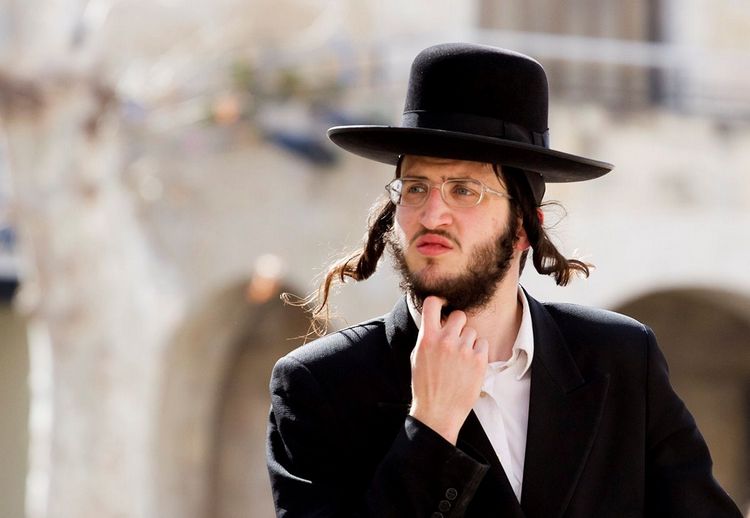

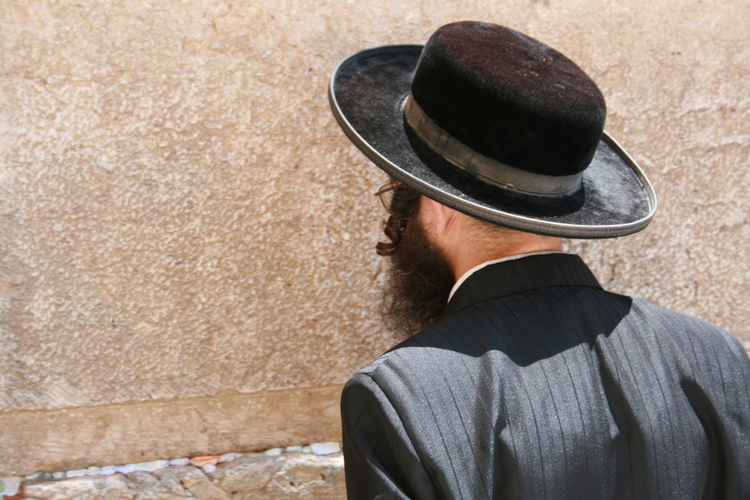

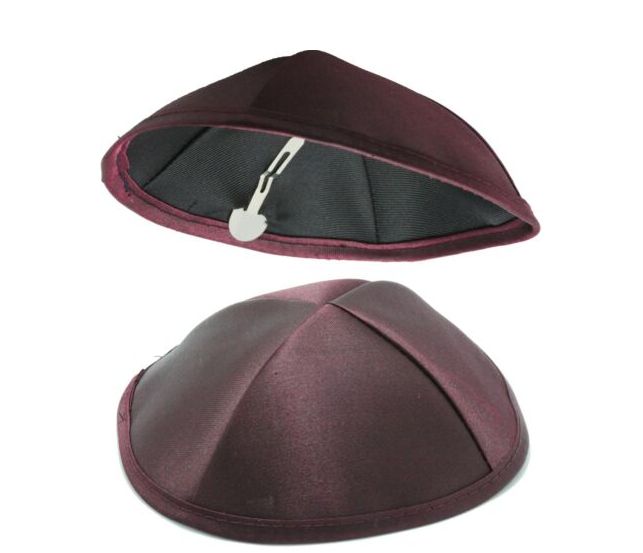
Video



